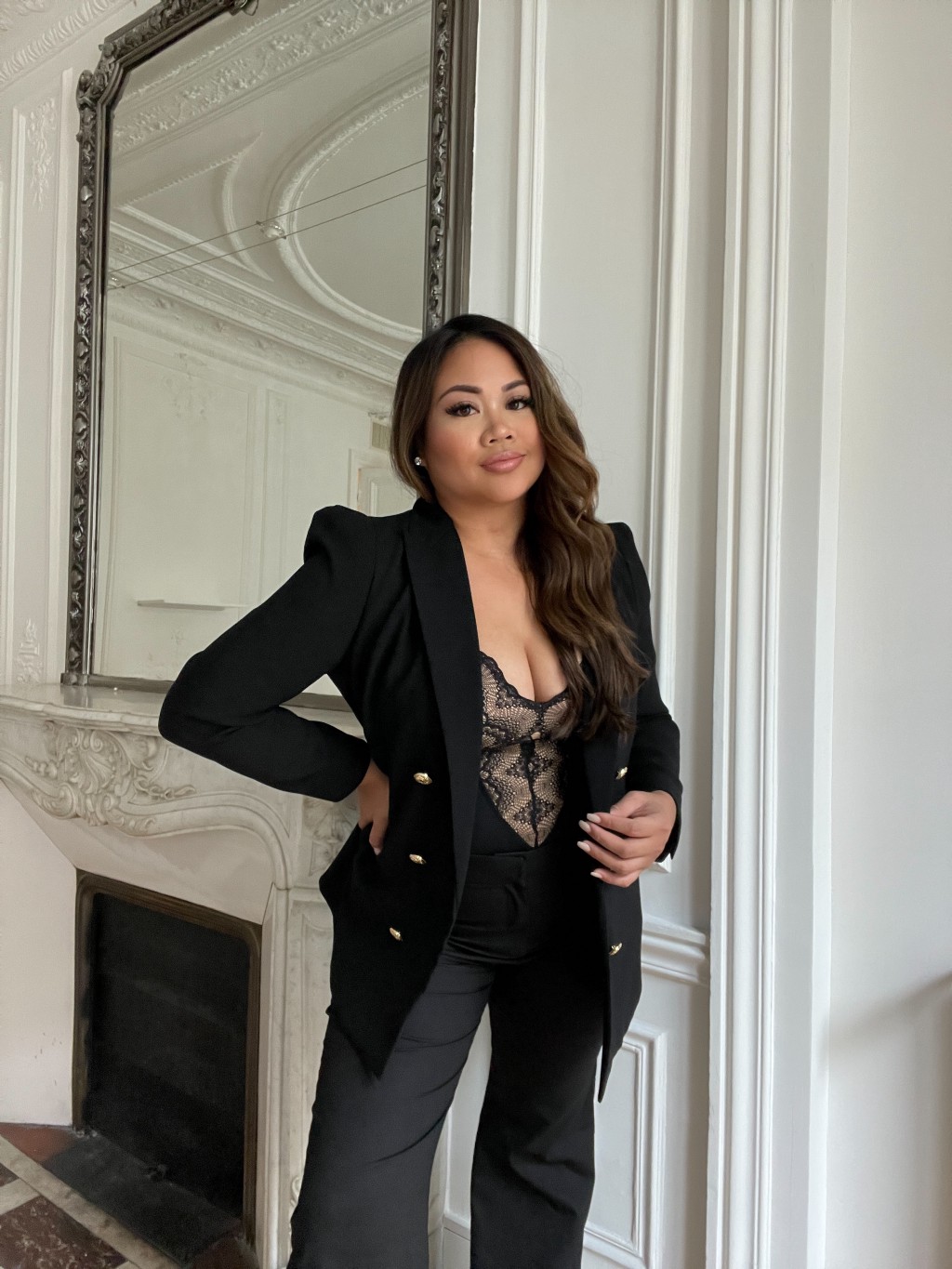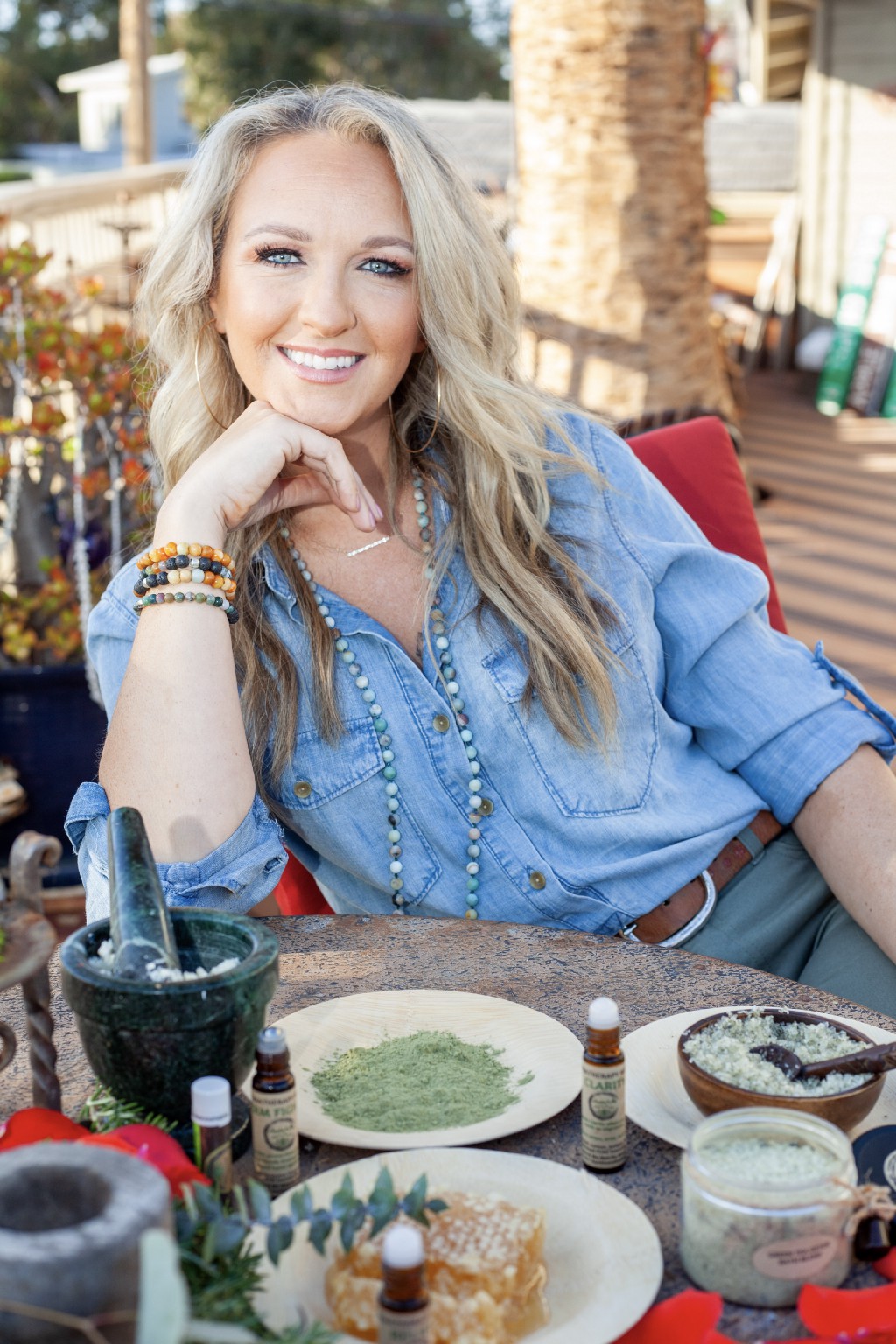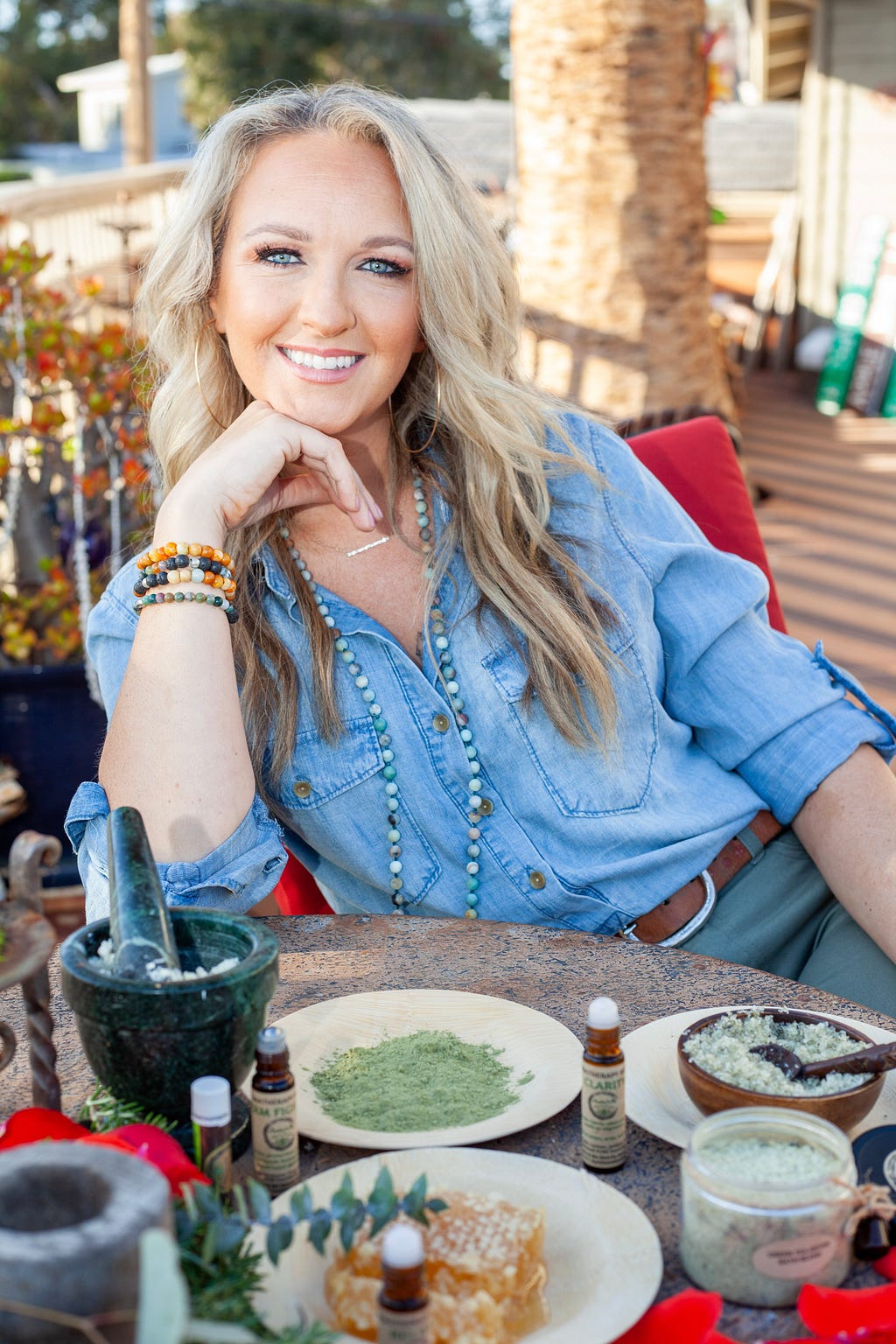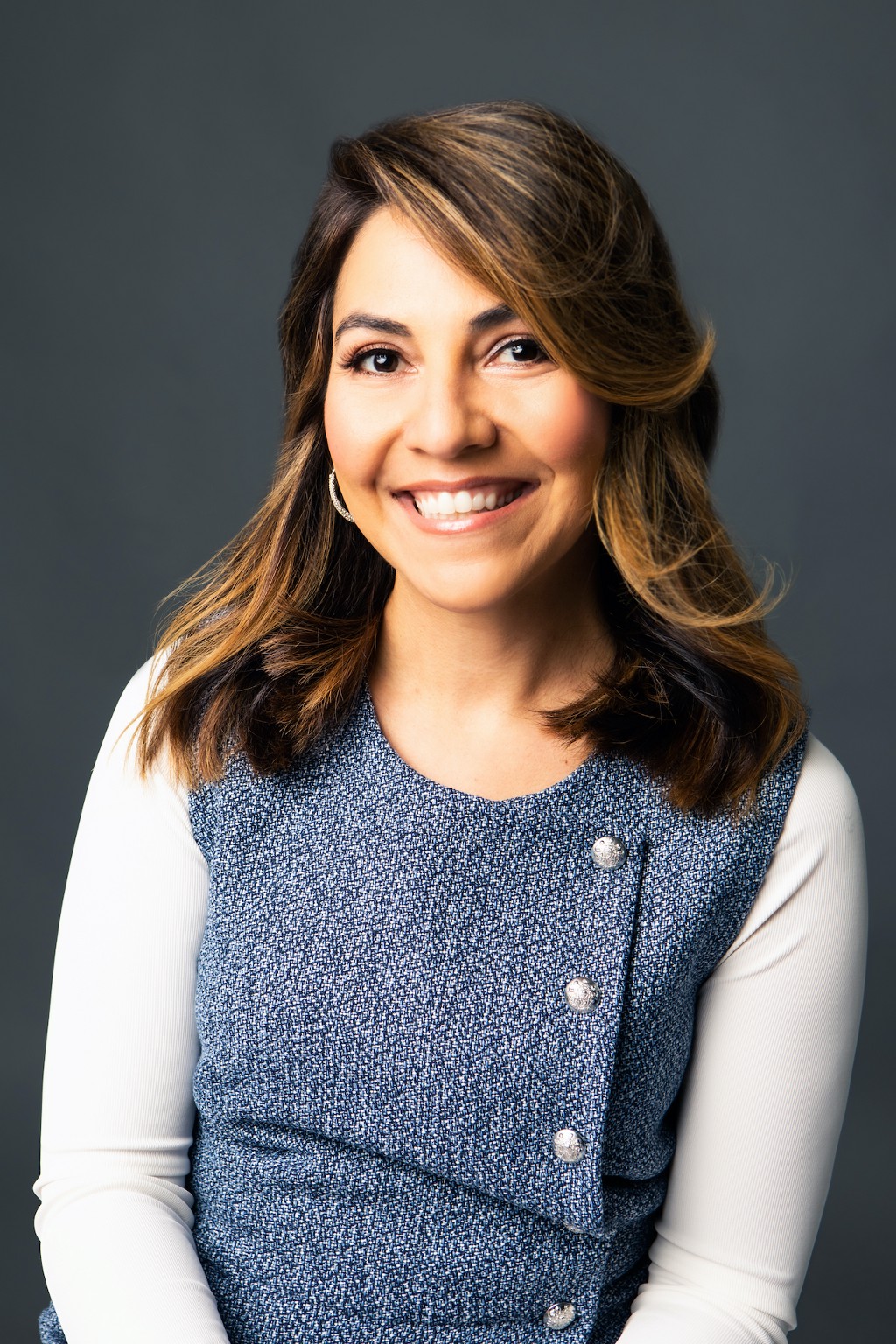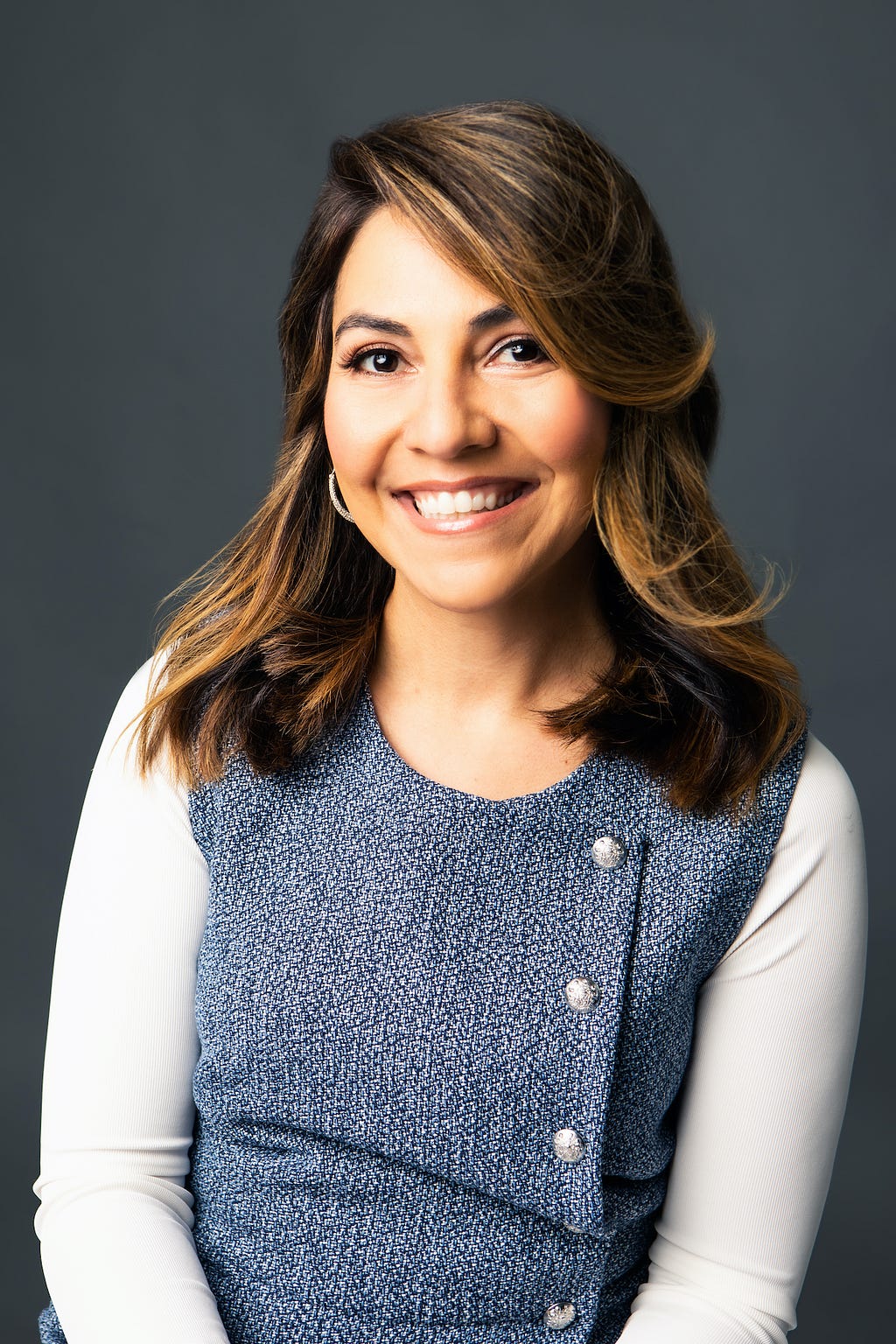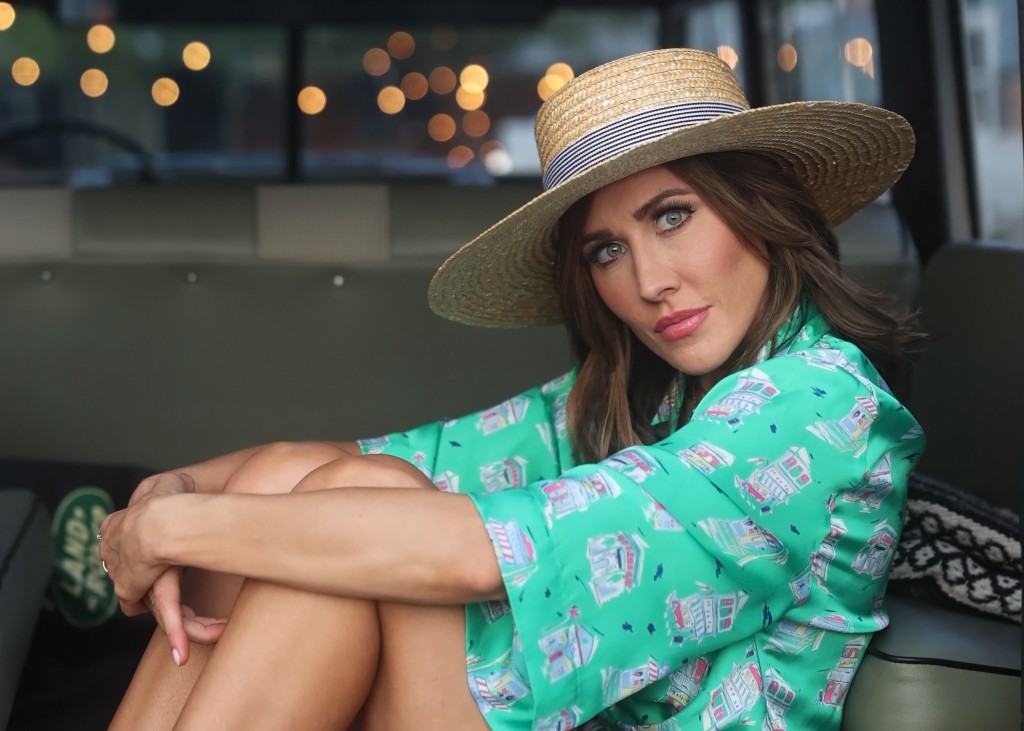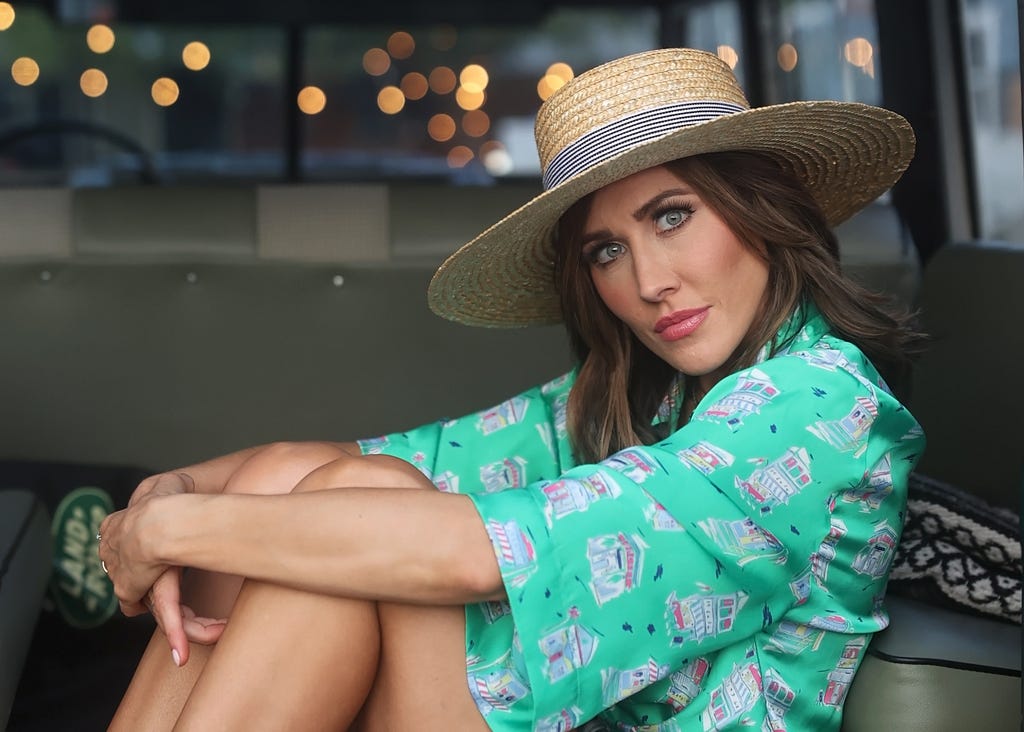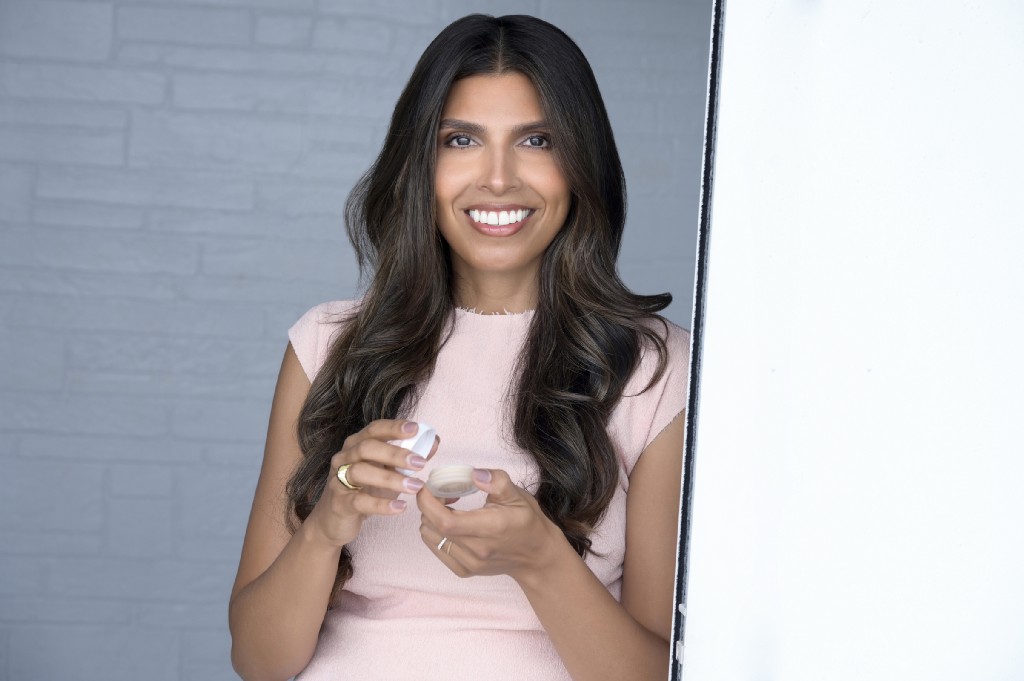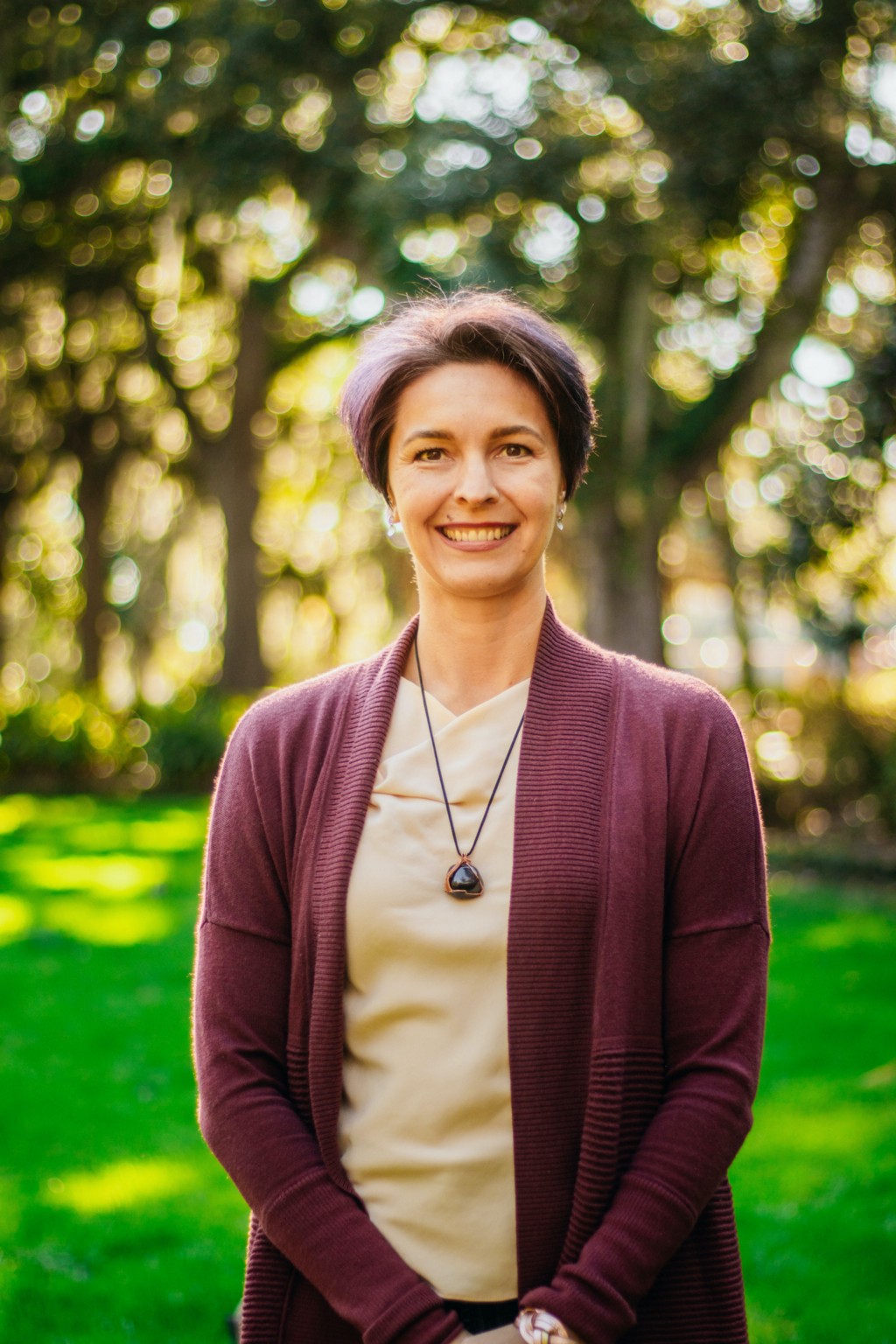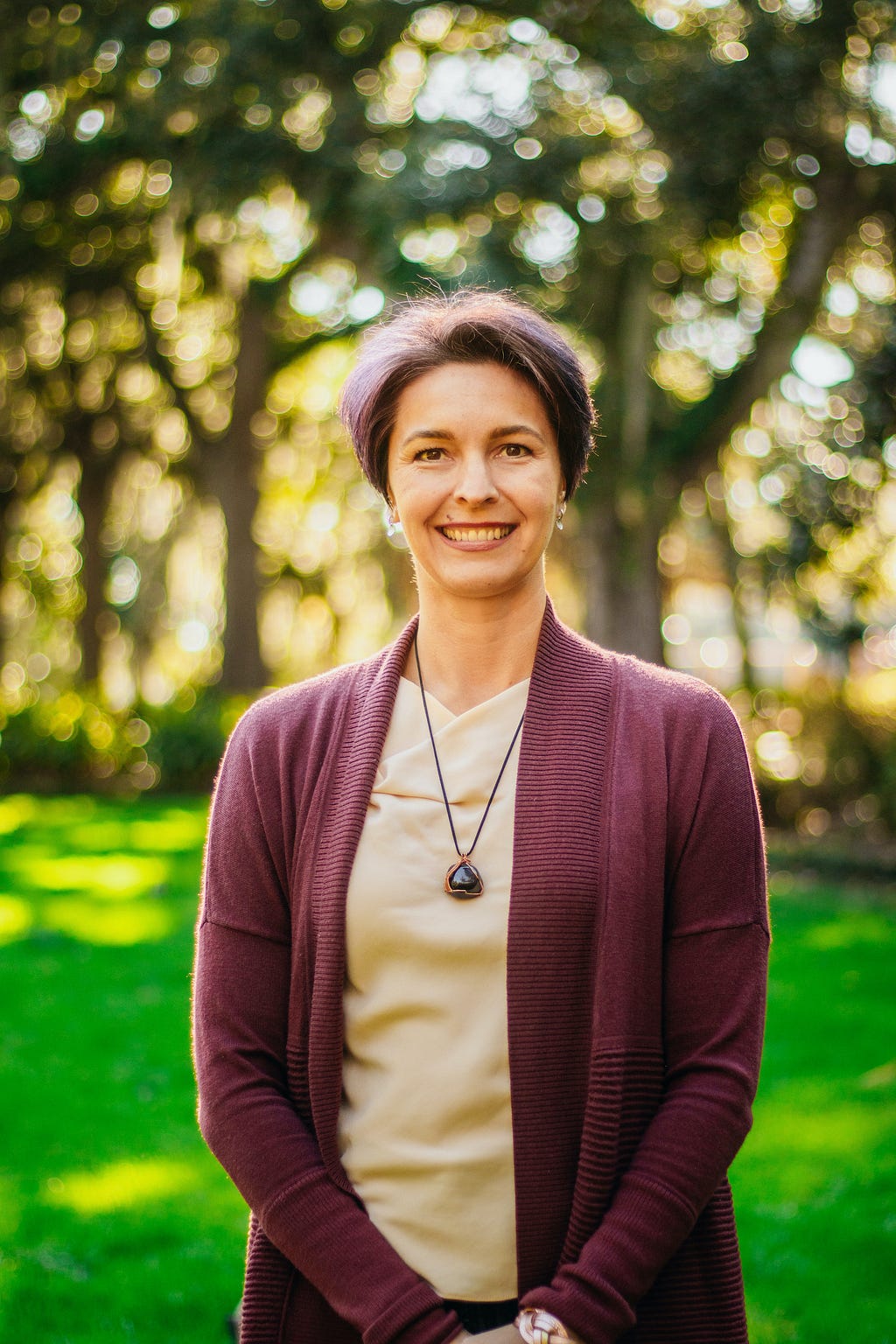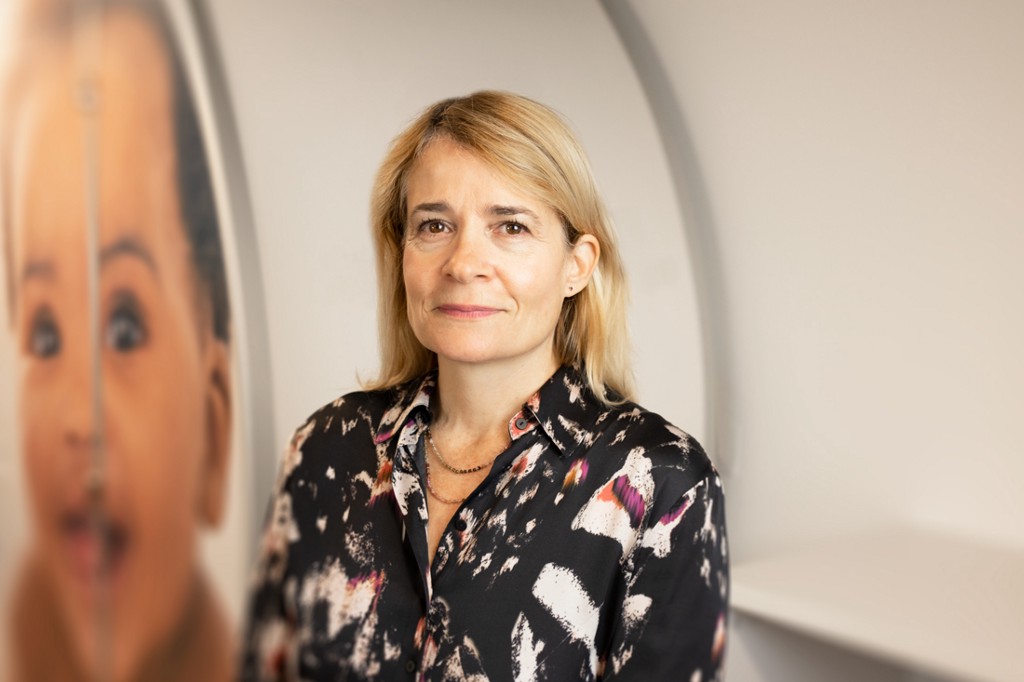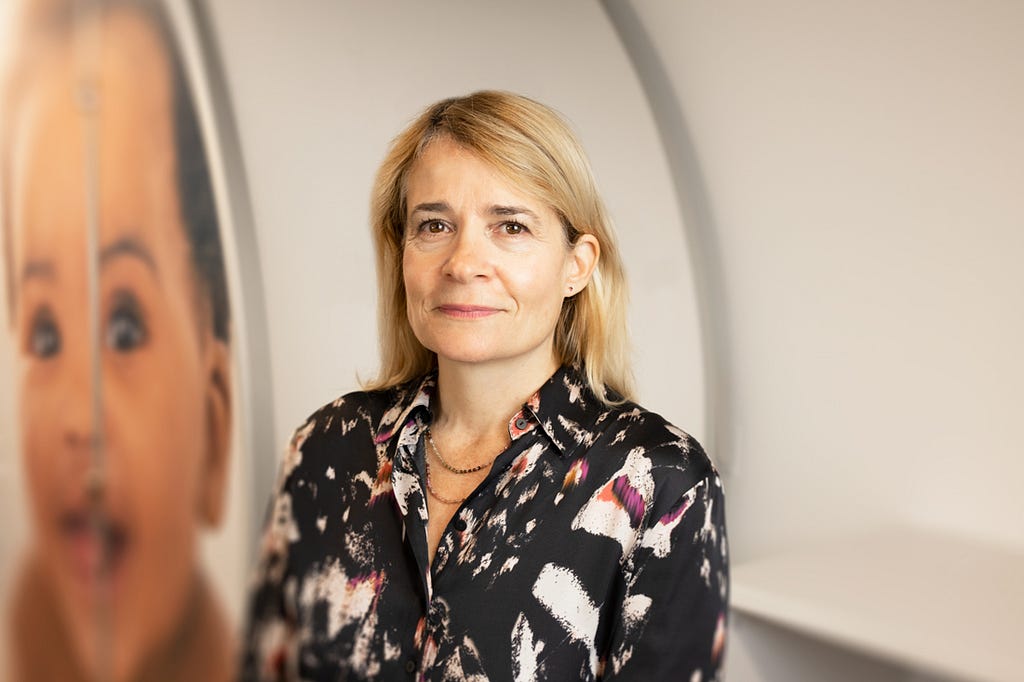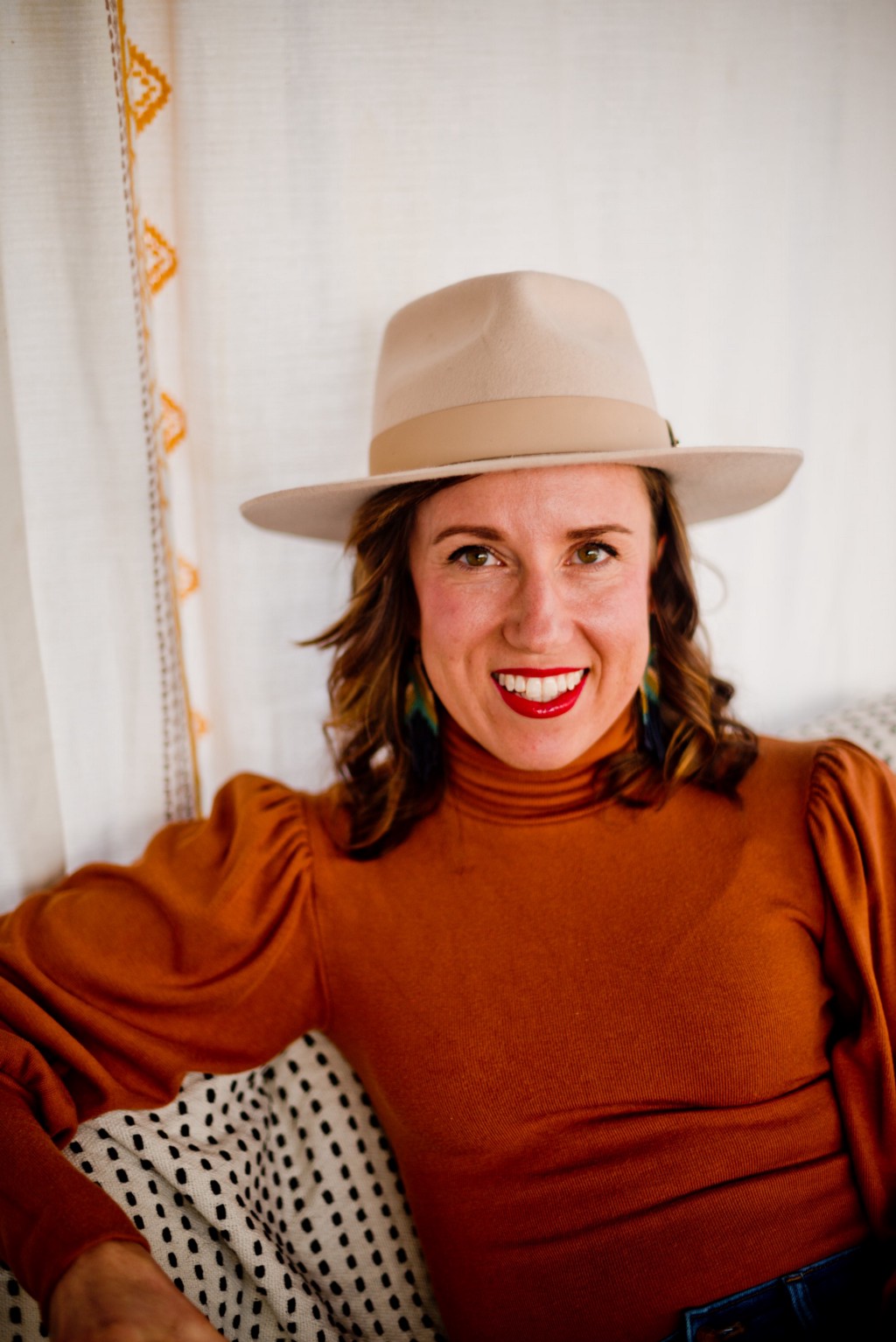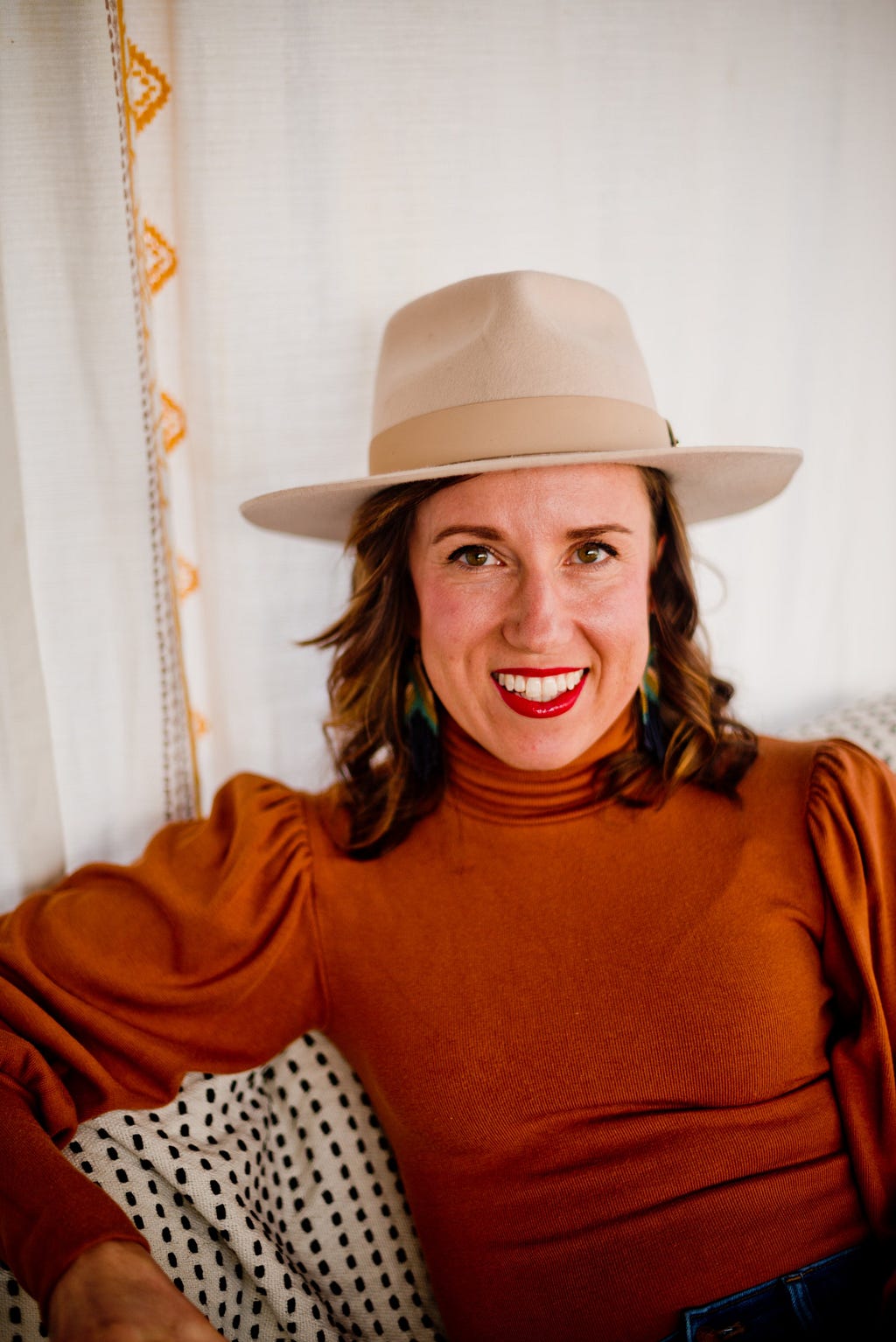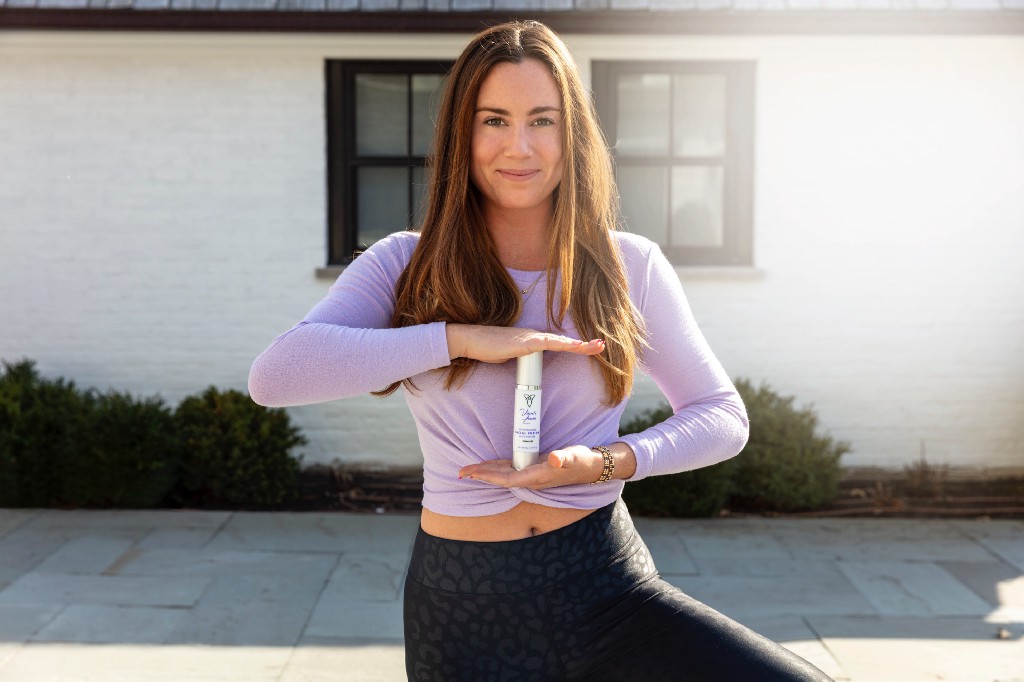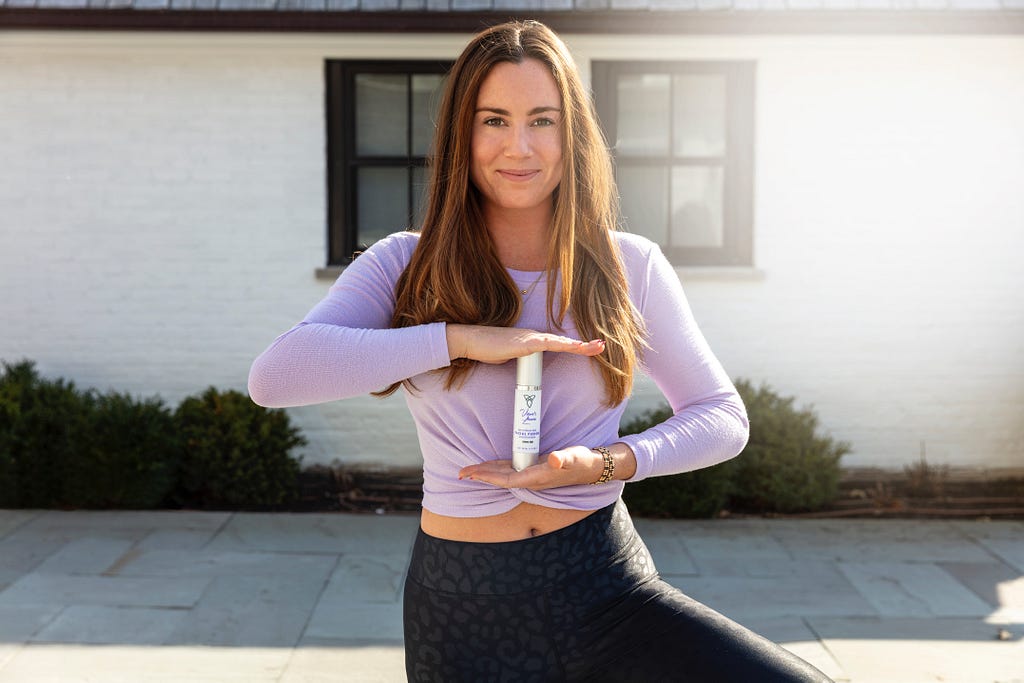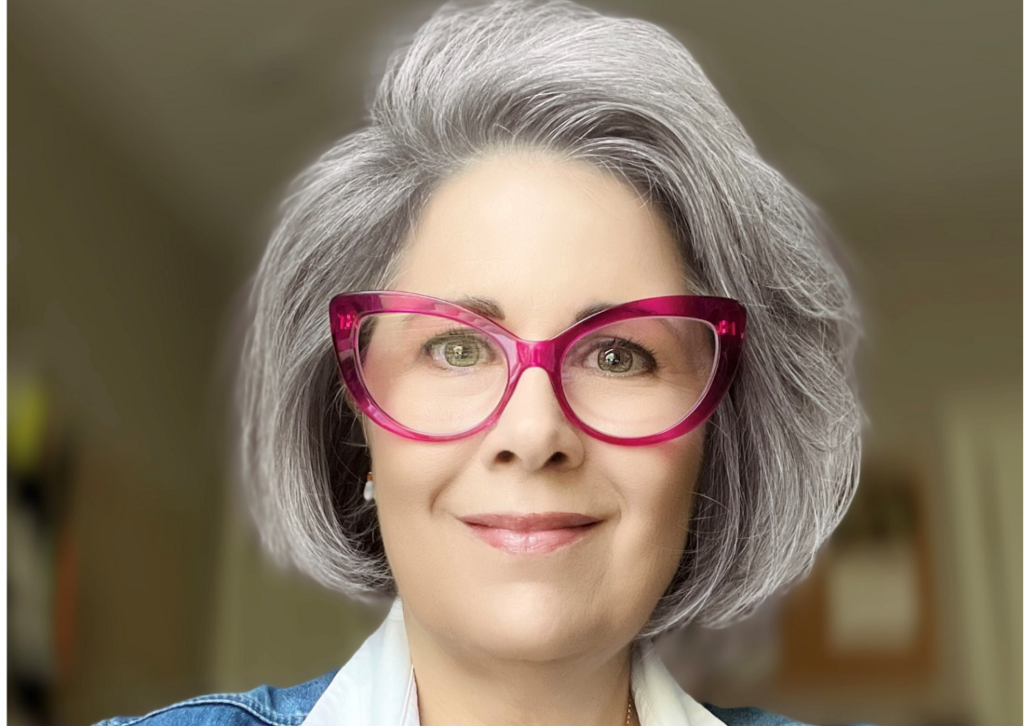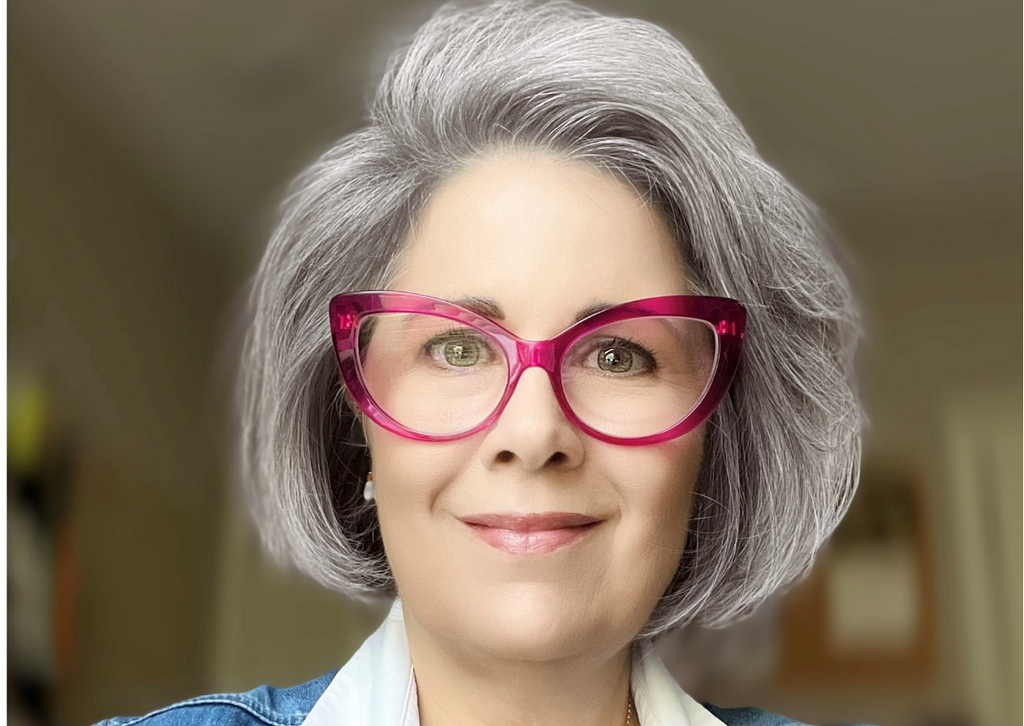Female Founders: Ratchel Pinlac of Pinsy Shapewear On The Five Things You Need To Thrive and Succeed as a Woman Founder
An Interview With Candice Georgiadis

The brand will be your life and consume your brain for a long time. Establishing healthy boundaries between work and personal life is critical in the beginning or else you will spend all day and night working.
As a part of our series about “Why We Need More Women Founders”, I had the pleasure of interviewing Ratchel Pinlac.
Pinsy’s mission is to create Shapewear that can be worn as Outerwear. Women CAN have it all: Style, Comfort, Support and Function. The brand’s goal is to empower women to love their bodies and ditch the idea that shapewear has to be hidden and embarrassing. Pinsy’s goal is to create beautiful, innovative and size-inclusive shapewear to enhance all bodies — without the sacrifice of comfort and versatility.
Thank you so much for doing this with us! Before we dig in, our readers would like to get to know you a bit more. Can you tell us a bit about your “backstory”? What led you to this particular career path?
I am a daughter of Filipino immigrants (middle child of 3 sisters) and grew up in an Asian household on the small island of Oahu, Hawaii. For as far back as I can remember, I’ve dieted for what feels like all my life (as early as 10 years old) and was constantly told I was fat. It is common in Asian culture that your relatives have no shame in commenting on one’s weight — their generation still believes that weight and physical appearance impacts your ability to find a husband, which in turn impacts your financial stability.
I recall wearing my mom’s uncomfortable high waisted underwear girdles in the 6th grade and the stigma of wearing girdles stuck with me. I absolutely hated shapewear — it was ugly, uncomfortable and embarrassing.
Fast forward to my twenties, I started a career in E-Commerce in 2011 — During my college years, I had an extremely strong gut feeling that E-Commerce, particularly Amazon, was going to explode. I spent 10 years building my career with Amazon Corporate and gained exposure to a wide range of brands and categories.
During a lunch break I ventured to a department store to find an outfit for a party I was going to that weekend and found myself looking in the shapewear section. The sudden flash backs of wearing shapewear as a pre-teen came rushing back. Everything was flesh colored and looked exactly what my mother wore back when I used to borrow her shapewear! There was zero style innovation within the shapewear category and the lightbulb moment hit when I could not find anything that was remotely visually appealing, stylish and youthful. I also hated that shopping for shapewear felt like a chore, shouldn’t it be FUN?
From there I set out a plan to build the next generation of Shapewear — to inspire body acceptance, breathe style into the shapewear market, and to leverage the skills I gained from my time at Amazon.
Can you share the most interesting story that happened to you since you began leading your company?
It was 2020 and I was about to launch our now best-selling lace shapewear bodysuits. I had no marketing plan other than to post it on Instagram to our 2k or so followers (half of which were my friends and family). I randomly hopped on TikTok “just to do it”, filmed a 4 second video with the bodysuit draped over a bench where I said, “You will never believe this is shapewear.” 30 minutes later, I realized the TikTok went viral with over a million views, and we gained thousands of followers (had about 10 or so followers at the beginning of the day), built up a waitlist of thousands of girls, and sold the product out on the day it launched. It’s crazy what can happen when you’re willing to just “try anything and everything!”
Can you share a story about the funniest mistake you made when you were first starting? Can you tell us what lesson you learned from that?
We produced size XS in one of our shapewear styles which ended up being a children’s size! A girl that was actually an XS could barely get the body up one of her legs! We learned very quickly that we must always fit sizes (especially when going smaller than our small) on ALL sizes before moving into production!
None of us are able to achieve success without some help along the way. Is there a particular person who you are grateful towards who helped get you to where you are? Can you share a story about that?
It sounds cliche but my parents instilled the right mindset in me. The mindset of “if they can do it, so can you, and there’s no excuse as to why them over you” stuck with me throughout elementary school and beyond. In school, it was not acceptable to receive worse grades than my peers — we have access to the same teachers, same textbooks, etc. The abundance and growth mindset are absolutely critical to success in business. Everything is able to be figured out! If you do not believe that to be true, it will be difficult to succeed as a Founder because all roadblocks and hurdles will feel like brick walls.
Ok, thank you for that. Let’s now jump to the primary focus of our interview. According to this EY report, only about 20 percent of funded companies have women founders. This reflects great historical progress, but it also shows that more work still has to be done to empower women to create companies. In your opinion and experience what is currently holding back women from founding companies?
I think aside from the social expectations and pressures that are put on women that hold them back — such as having children by a certain age and having to dedicate time to raising a family. I feel women are holding themselves back because there is still a disproportionate number of female-founded companies compared to male-founded. People are motivated by examples and role models and while there are female-founder role models, there is still a disproportionate amount compared to men. I’m confident that over time, the more women are exposed to other women who have excelled at founding companies and creating legacies, the more women will recognize entrepreneurship as a “normal” and “achievable” career path to consider. I’m certain the next generations after us will have a much more even distribution of female and male entrepreneurs.
Can you help articulate a few things that can be done as individuals, as a society, or by the government, to help overcome those obstacles?
I think society needs to feature more women who came from meager upbringings and started successful businesses. People are motivated by role models and the more women hear about other women succeeding despite not being born into privilege, connections or the help of a male, the more women will feel confident in starting companies. Society being able to feature women in a way that allows them to break down exactly “how they did it” will inspire other women to realize their own potential.
On the government side of things, while there exists Female Business Loans and other funding type of assistance, there isn’t a prominent resource for “How to Start a Business.” Having a starting point for women will help overcome barriers to entry.
This might be intuitive to you as a woman founder but I think it will be helpful to spell this out. Can you share a few reasons why more women should become founders?
Women have an incredible knack for being detail oriented, organized, and able to react with both intellect and emotion. Many studies have shown that women are also excellent multi-taskers compared to men, which is extremely critical to business success. Also, to my earlier point, having more female-founded companies will eventually snowball adjusting the ratio between female and male-founded businesses.
What are the “myths” that you would like to dispel about being a founder? Can you explain what you mean?
MYTH: Being a Founder means coming up with a great idea: Being a founder does not always mean coming up with a great product or idea. If you build it, people will not come — especially online. More often than not, a great product or idea is simply just a product and won’t sell itself. You must have the drive to creatively market your product, relentlessly pursue success, learn about what works/doesn’t work, hire/fire, test, test again, fail, succeed, fail again, and keep pushing.
Is everyone cut out to be a founder? In your opinion, which specific traits increase the likelihood that a person will be a successful founder and what type of person should perhaps seek a “regular job” as an employee? Can you explain what you mean?
Technically everyone is cut out to start something, but not everyone is cut out to scale and grow a company in a big way. Being able to scale and grow a company takes an extremely high amount of dedication, focus, energy, financial strain, and the wearing of many hats. Not many people are willing to put in the high amount of work for an outcome that is not certain — and that’s OK. As a founder, especially in the beginning, you not only have to wear many hats and do “almost everything” until you can afford to hire, but you also have to learn how to make the right hires and be thorough enough to know what you positions you need in the first place. Finding, managing, and retaining high impact employees, while continuing to innovate and stay relevant as a brand, on top of ensuring company profitability, are key focuses of a Founder.
Not everyone is cut out to handle the demands and pressure of being a founder. Some people thrive with a singular focus and straightforward working hours — those are the people that should seek jobs as an employee.
Ok super. Here is the main question of our interview. What are your “5 Things I Wish Someone Told Me Before I Started” and why? (Please share a story or example for each.)
- When hiring and selecting people to bring into your company, prioritize working-style and chemistry over skill. Of course, skill is important, but not at the expense of company fit and chemistry. I’ve made a few bad hires in the beginning because I hired solely on skill and what company they previously worked for and backburnered their personality and working style. Trust and chemistry amongst employees are key to the growth and success of the company. When possible, always meet them in person to assess whether you will get along with them in a working environment. I hired a bad Creative Director in the beginning who really made the creative experience of the brand very painful — we fought many times and it impacted the momentum and creativity of the brand. I also hired a Fashion Designer along the way where we didn’t see eye to eye — this cost the company tens of thousands of dollars because she made a change to the fit of the product that was not approved by me.
- Be prepared to have at least 2–3 years of savings. The first few years will be financially grueling, especially in a product-based business that is quickly scaling up inventory production to meet customer demand. With Pinsy, even though we had thousands on the waitlist and sold out of product various times, all revenues had to go straight back into purchasing even larger bulks of inventory. Feeling broke for a few years was not fun, but it’s part of the journey.
- The brand will be your life and consume your brain for a long time. Establishing healthy boundaries between work and personal life is critical in the beginning or else you will spend all day and night working
- Prioritizing your health and wellness (taking time off, making time for yourself, etc) is just as important, if not more important, as focusing and working on your business. You cannot pour from an empty cup and keeping your cup full is key. I burned myself out in the beginning because there was always so much to get done — however there comes a point to where your efforts result in diminishing returns because you cannot be as effective and impactful at what you’re doing when your mind is drained.
How have you used your success to make the world a better place?
I think Pinsy is making the world a better place because we enable women to embrace their bodies as they are. Shapewear has been this garment that was embarrassing or used to make women feel like they need a “solution” to fix their “less than ideal” bodies. We don’t push a standard image of beauty, and we take the shame out of wearing shapewear by producing shapewear made to be seen. From day one we’ve been committed to body positivity and acceptance. I think that has impacted women in such a great way.
You are a person of great influence. If you could inspire a movement that would bring the most amount of good for the greatest number of people, what would that be? You never know what your idea can trigger.
I would love to inspire a body acceptance movement around the world where body image and standards are completely erased.
We are very blessed that some very prominent names in Business, VC funding, Sports, and Entertainment read this column. Is there a person in the world, or in the US with whom you would love to have a private breakfast or lunch with, and why? He or she might just see this if we tag them.
Oprah Winfrey. Specifically, lunch at her Montecito home because it is #GOALS.
She is a large influence in my life because of her mindset. Accomplishments aside, Oprah has done a ton of inner work and has a mindset of growth and abundance. It would be life changing to pick her brain on her inner work journey as I am always constantly trying to improve in that area.
Thank you for these fantastic insights. We greatly appreciate the time you spent on this.
Thank you! Please follow Pinsy at @pinsyshapewear.
Female Founders: Ratchel Pinlac of Pinsy Shapewear On The Five Things You Need To Thrive and… was originally published in Authority Magazine on Medium, where people are continuing the conversation by highlighting and responding to this story.

